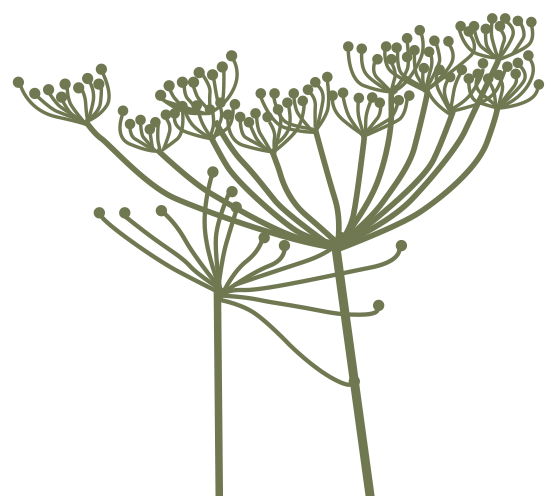NORFOLK WILDLIFE
The County of Norfolk has so many diverse habitats. Miles of coastline with beaches, dunes and marshes. As well as our fertile, rural agricultural land; the rivers and Broads; and the heaths and forests of Breckland. So it’s not surprising just how much wonderful wildlife there is to see – some of it rare, elusive and beautiful. Be sure to bring your camera, walking boots and binoculars if you come to stay at Dairy Barns and plan on getting out and about in our wonderful county looking at our wildlife. There is plenty on our doorstep – on the farm we regularly see Red Deer, Barn Owls, Cranes, Marsh Harriers and many more bird species depending on the season.
Even in the City, Peregrine Falcons nest every Spring on the dizzy heights of Norwich Cathedral, carefully watched over by the Hawk & Owl Trust and with a live webcam feed available online.
Just a couple of miles away at the Norfolk Wildlife Trust Hickling Broad National Nature Reserve you may see our beautiful Swallowtail Butterfly – one the largest and rarest breeds and found only in the Norfolk Broads where the milk parsley plant is the sole food source for its larval caterpillar stage. Visit between late May and early July and you may get some stunning photos of the adults in all their glory.
Be sure to listen out for the “boom” of the elusive Bittern too, especially early March till June at dawn and dusk. If you’re very lucky you may see one in flight over the reedbeds all year-round.
Nearby, Stubb Mill at Hickling also provides a roost for the Common Crane, one of Europe’s largest birds which has a wing span of around 2 metres and stands over a metre tall. During the winter months numbers of cranes fly into the reeds around dusk each evening to roost – one of the great wildlife spectacles of Norfolk.
The watery Broads also provide the perfect habitat for many species…
- The once rare Marsh Harrier is now doing well in Norfolk,
- If you’re by the rivers and Broads watch out for the flash of electric blue of a Kingfisher diving for fish.
- The widespread reedbeds of the Broads are also home to Water Rail and Bearded Reedling.
- Did you know that Norfolk has its own dragonfly? The Norfolk Hawker – with clear wings, green eyes and a characteristic yellow triangle shape on its body. It is endangered and is fully protected by law.
- Otters like shallow water with plenty of fish and the quiet back waters of the Broads, reed-fringed freshwater dykes and many of Norfolk’s rivers including the Wensum, Bure, Yare and Nar provide them. They are regularly recorded at both Ranworth and Barton Broad.
Norfolk is lucky to have both Common and Grey Seals. Head out to the coast, just a few miles to Horsey and between November and January you are likely to see hundreds of Grey seals and pups on the beach. Please take care not to go onto the beach and risk disturbing them, however, as baby seals will be abandoned by their mothers if they are frightened by dogs or people and many have to be rescued each year. There are many vantage points on the dunes offering fabulous photo opportunities. The Greys are often spotted off the beaches up and down the coast – at Sea Palling and Winterton.
If you’re going further afield, Blakeney Point in North Norfolk has a colony of Common Seals which have their pups between June and August and organised boat trips are available from Blakeney Harbour, Morston Quay and Hunstanton. They are often spotted too at Wells harbour and Holkham beach.









